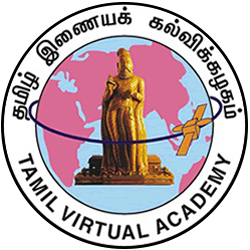Primary tabs
-
Lesson - 3
P20433 Editorials in Journals
This lesson highlights the importance of editorials. It offers a definition of the editorial, analyses its objectives, discusses its layout and lists its types.
The editorial or (thalaiangam) is the heart of a newspaper or magazine. Written by the editor, the ‘thalaiangam’ or editorial is a detailed analysis of major news stories. It can also be described as dialectic on contemporary socio-political issues of great importance. It provides an interface between the editor and his readers. A powerful editorial can change the fate of a nation. In Tamil, the editorial is also referred to as ‘Aasiriyar Paguthi’.
The editorial always deals with one central issue. It reflects the sentiments of the people and experts, on a specific issue. A good editorial is objective and seeks to clarify rather than confuse.
Editorials can be classified on the basis of the issue they deal with. An editorial may comment on international news, foreign policy, political problems, economic policies, elections, regional news etc.
Journals and magazines design their editorials around the type of issue and news stories they publish. The editorials of popular magazines are written in a simple, reader-friendly style. Magazines use various terms to signify their editorial column. Sometimes special symbols are used to denote the editorial. The editorial of ‘Aanantha Vikatan’ appears under a symbol and it is accompanied by cartoons or pictures that reflect the key issue. The editorial of ‘India Today’ carries the name of the editor and is usually a review of the articles published in the previous issue. The editorials of ‘Sittridazhgal’ or journals that cater to a small and committed readership are noted for the quality of their style. These may either be a comprehensive review of articles published in the previous issues or commentaries on literary or socio-political events of topical interest.
An editorial has 3 parts: viz, the theme or central issue i.e., (karupporul), the analysis i.e., (vilakkam) and the conclusion i.e., (mudivu). The headline of the editorial is determined by the central issue dealt with. The position of the editorial is of great importance. In popular magazines it may appear in the first or the last page. In ‘sittridazhgal’, it always appears in the first 2 pages.


